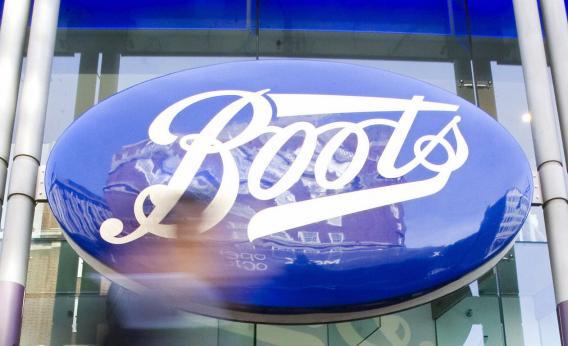KKR has found the right formula to exit Alliance Boots, its top-of-the-market drugstore deal. Walgreen’s two-stage acquisition of its European rival should more than double the investment KKR and its partners made at the peak of the leveraged buyout frenzy. What the U.S. drug chain’s investors will get for their money - as much as $16.2 billion - is harder to fathom.
The first stage sees Walgreen pay about $6.7 billion in cash and stock for 45 percent of Boots. The firm’s ownership is currently split fairly equally between KKR funds, Boots Executive Chairman Stefano Pessina and outside investors. Pessina, who will become a Walgreen director, takes proportionately more stock than the financial investors.
Two and a half years on, Walgreen can buy the rest of the company for about $9.5 billion at current share prices. Assuming the second stage completes, and considering a minority stake in a Swiss firm that is excluded from the current deal, KKR should make about 2.2 times its original investment in dollar terms. That’s pretty good for a boom-year deal, especially in the cut-throat world of European retail. If Walgreen stock rises, the ultimate return could be higher.
The benefits to Walgreen shareholders from supporting a risky cross-border acquisition aren’t as obvious. With a $26 billion market cap, Walgreen is currently valued at an enterprise value of about six times EBITDA, and paying a multiple almost twice as high for Boots. The hefty price tag might make sense if promised synergies - up to $150 million over the first year and $1 billion by the end of 2016 - ever arrive. The after-tax value of these would be about $5 billion today.
Yet the two firms have little overlap. Since workers can’t be cut, the initial savings will come from wrangling better prices from suppliers. Most of the benefits further down the road come from selling more goods and best practices, for example, selling Boots’ skincare products in Walgreen stores, and sharing advice on how to run loyalty reward programs. These sorts of gains are easy to talk about and very hard to deliver.
Of course, Walgreen can choose not to proceed with the second part of the deal should reality not live up to promises. But investors’ skepticism - they sliced nearly $2 billion off its market value on the announcement - is justified.
Read more at Reuters Breakingviews.
